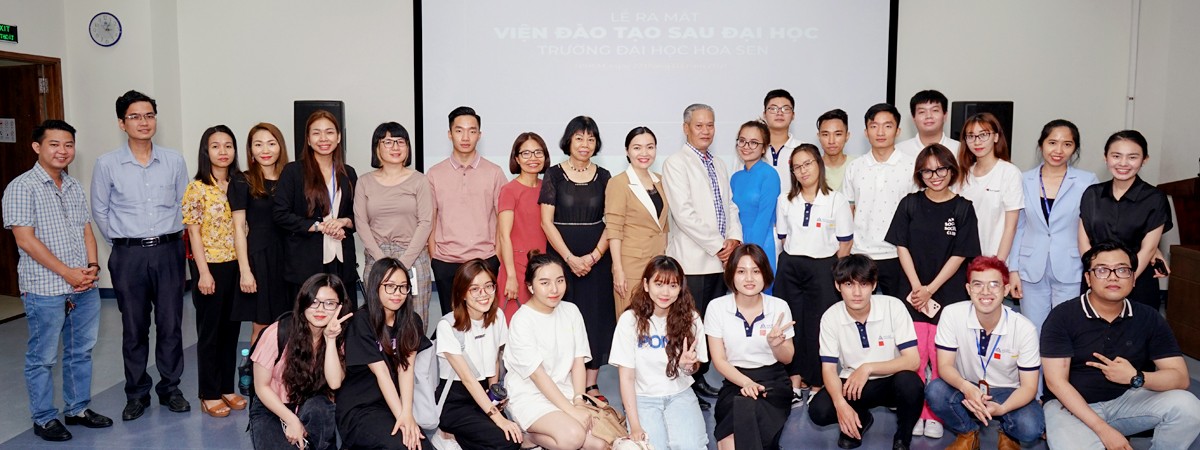- 13/08/2020
- 2680 lượt xem
- Giáo trình
When Rosemary Nixon, an editor for Blackwell Publishing, now part of John Wiley & Sons, approached me in 2003 to edit a Handbook on the Management of Technological Innovation, I quickly agreed. The field of management of technology had undergone major changes in the previous two decades, with an increased focus on technology strategy, entrepreneurship, and product development, and I thought that the time was right for a handbook that provided some order to the plethora of new arguments and findings. Moreover, many of the names associated with cutting edge research in this area were not leading scholars two decades earlier – frankly, many of them were not even scholars 20, or even 10, years before. And I thought that a book that collected their views and summaries of the field would be extremely useful to current scholars and Ph.D. students. Finally, I thought that it would be easy to put together this handbook and that it would be published within a year.
Handbook of Technology and Innovation Management
When Rosemary Nixon, an editor for Blackwell Publishing, now part of John Wiley & Sons, approached me in 2003 to edit a Handbook on the Management of Technological Innovation, I quickly agreed. The field of management of technology had undergone major changes in the previous two decades, with an increased focus on technology strategy, entrepreneurship, and product development, and I thought that the time was right for a handbook that provided some order to the plethora of new arguments and findings. Moreover, many of the names associated with cutting edge research in this area were not leading scholars two decades earlier – frankly, many of them were not even scholars 20, or even 10, years before. And I thought that a book that collected their views and summaries of the field would be extremely useful to current scholars and Ph.D. students. Finally, I thought that it would be easy to put together this handbook and that it would be published within a year.
Maybe I should have thought a little more about this undertaking before agreeing to do it. Instead of taking one year, it has taken closer to five years. Unfortunately, we lost several authors due to personal issues and had to replace them with others, which upturned all plans to get the handbook out quickly. However, with the manuscript now complete, I can reflect upon the effort and conclude that I was right about the idea behind the book. The changes in the field demand this handbook, and bringing together the work of the giants in the field will prove to be of value to both current and future scholars – even if agreeing to edit this handbook was probably a bad idea personally.
I need to offer my thanks to the authors of the chapters of this handbook and to my editor, Rosemary Nixon, and the staff at Blackwell Publishing and John Wiley & Sons for their extraordinary patience and flexibility. You are all better people than me. I probably would not have tolerated the delays in the development of this book with the grace that all of you showed.
I would also like to offer my thanks to A. Malachi Mixon III and the AT&T Foundation (formerly the SBC Foundation) for their financial support of my scholarly efforts since arriving at Case Western Reserve University. Without their generosity this book would not have occurred.
Lastly, I would like to thank my wife Lynne, daughter Hannah, and son Ryan. Each of them helped me in their own ways. Hannah and Ryan helped by being excellent playmates when I needed breaks from this project, and Lynne helped me by encouraging and supporting my efforts to create this book.
Scott Shane
Editor’s Introduction
Scott Shane
For thousands of years, technological innovation – the application of knowledge about tools, materials, processes, and techniques to problem solving (Afuah, 2003) – has had a profound effect on our lives as people, sometimes positively, and other times negatively, as any user of electronic mail can attest. Perhaps more importantly for the scholarly study of business, technological innovation has been a central component of the way in which new economic value is created by permitting people and companies to use existing resources more efficiently, as well as to come up with products and services that meet people’s needs in ways that were not met before (Mokyr, 1990).
Because technological innovation creates economic value, it also affects the growth and decline in shareholder wealth. This effect on shareholder wealth impacts all shareholders, regardless of whether they are founding entrepreneurs, employees, or investors in companies, and regardless of whether they are shareholders in the innovating company or the company that competes with innovators.
The importance of technological innovation to economic value creation and shareholder wealth has made the management of it a central part of business activity. Although technological innovation can be accidental as well as planned, many firms seek to manage it in the hopes of making innovation more profitable to the firm. This effort to manage technological innovation is important because, as the chapters in this handbook point out, the management of technological innovation differs from the management of other aspects of business. Thus, an understanding of the management of technological innovation requires the development and testing of novel theories.
Moreover, these theories do not just cover a narrow slice of business activity, but instead, need to explain a wide variety of business activities at a number of different levels of analysis. For instance, technological innovation affects the process through which firms come up with novel products, and the products that they create. It affects the speed and cost of their ongoing operations. It influences the adoption and diffusion of new products and the methods that firms use for forecasting sales. Technological innovation also affects marketing strategy including pricing, timing of entry, and marketing mix decisions. The way in which companies learn about customer needs is affected by technological innovation, as is the management of organizations and the people in those organizations. In addition, firm strategy depends a great deal on technological innovation, as evolutionary patterns of development, the presence or absence of standards, and the strength of intellectual property all affect what are effective strategic decisions for managers. Finally, technological innovation affects who undertakes different business activities and how those activities are financed.
In some industries the management of technological innovation is very important because those industries are very reliant on new technology. In these industries, technological innovation has become a fundamental part of the process through which companies create competitive advantages, and is a central focus of managers. Figure 1 identifies many of these industries.
Developing accurate explanations for the management of technological innovation is subject to an additional complexity. The theories that scholars use to explain and predict need to hold regardless of the form that technological innovation takes. This makes the development of well supported theory difficult because technological innovation comes from many different sources of technical knowledge – from computer science to biology to materials science – and technological innovation takes a variety of different forms – from new microorganisms to mechanical devices to new materials to drugs.
Third, new theories have been written that better answer questions about the management of technological innovation than did previous theories. For instance, in recent years, scholars have begun to look at product development through the lens of problem solving, which has led to new and different insights into the product development process. By presenting these theories to scholars in the field, this handbook helps researchers to understand the new answers provided to previously unresolved questions.
Fourth, several tools to manage technological innovation have been developed, and they do not all work equally well. To develop the next generation of tools, scholars need to understand why some tools work better than others. For instance, as Chapter 7 shows, many project selection and portfolio management tools do not work very well, despite theory holding that they should. This chapter helps scholars to understand how to develop better tools for an important part of the innovation management process by providing an analysis of what works and what does not work, and why.





Ý KIẾN BẠN ĐỌC